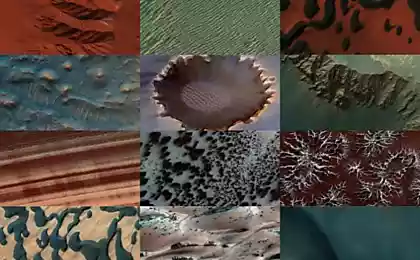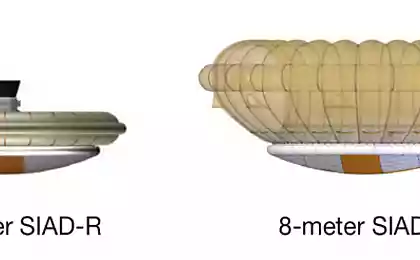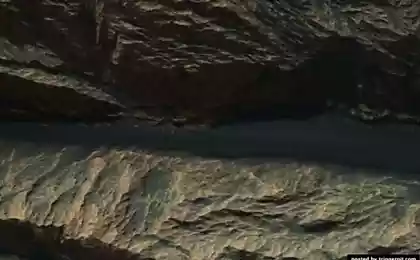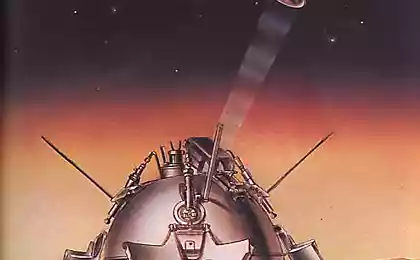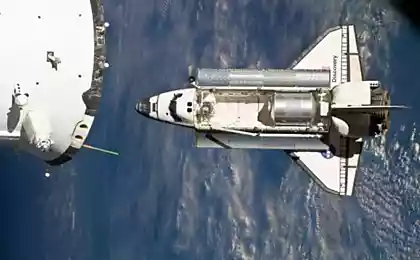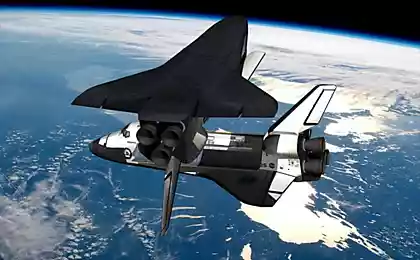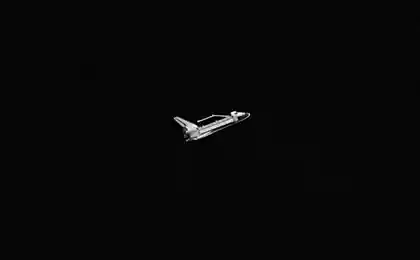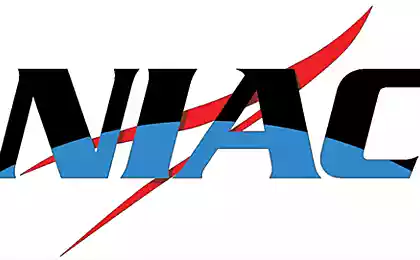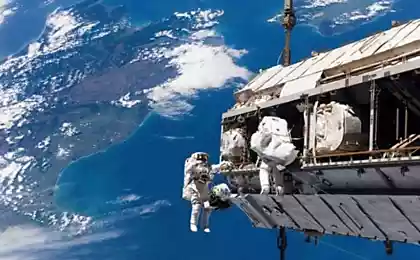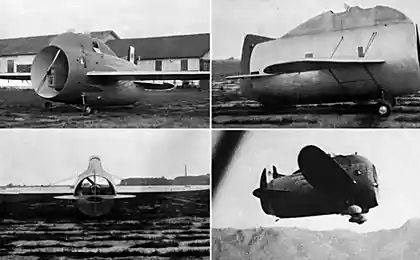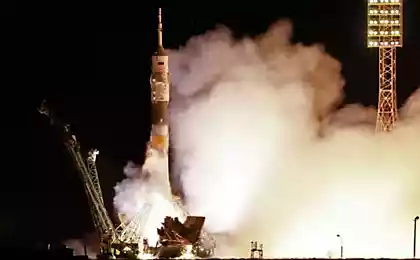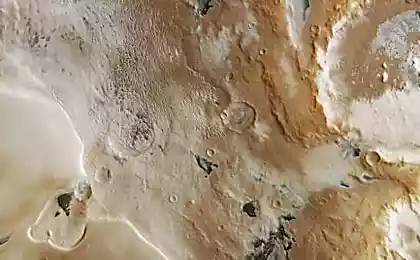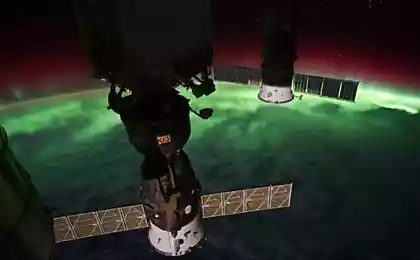1225
Watch the live test "flying saucer» NASA to land on Mars
Today, NASA finally started field trials supersonic aerodynamic braking system (Supersonic Inflatable Aerodynamic Decelerators - SIAD) for heavy spacecraft landing on Mars . This braking system is an inflatable "skirt", which increases the drag of the device and slows it down to the speed at which it is already possible to use the parachute.
Tests scheduled for early June, postponed several times. They occur as follows: mock spacecraft lifted to a helium balloon to an altitude of 37 km, then the rocket engines pick it up to 55 miles and accelerate to supersonic speed. After that the system will be tested SAID, and then the machine will come down to earth by parachute. NASA test broadcasts live on Youtube. At the time of publication of the article was the unit at a height of 26 km.
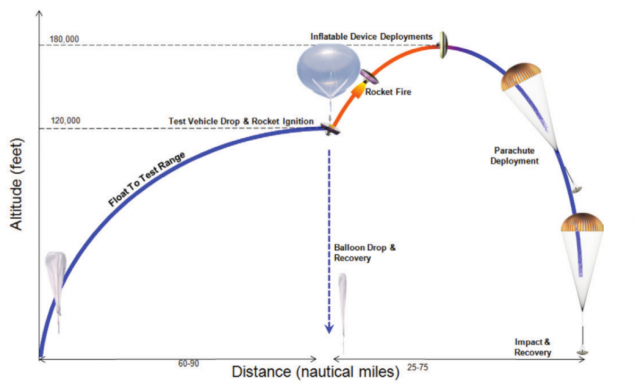
Additional braking system is needed in order to be able to deliver on Mars heavier loads, as well as expand the choice of landing sites and to increase the accuracy of falling into the specified location. SAID allow to sit on the territory located on hills that were previously unavailable because of insufficient to toromozheniya thickness of the atmosphere.
UPD: The broadcast is over, the test passed with partial success - supersonic parachute did not open. All other systems, including inflatable brake SAID, worked fine. More information will be available when the rescue team to extract "black box" device from the ocean. Here's a video of tests since the launch of the rocket engine:
Source: habrahabr.ru/post/227979/
Tests scheduled for early June, postponed several times. They occur as follows: mock spacecraft lifted to a helium balloon to an altitude of 37 km, then the rocket engines pick it up to 55 miles and accelerate to supersonic speed. After that the system will be tested SAID, and then the machine will come down to earth by parachute. NASA test broadcasts live on Youtube. At the time of publication of the article was the unit at a height of 26 km.

Additional braking system is needed in order to be able to deliver on Mars heavier loads, as well as expand the choice of landing sites and to increase the accuracy of falling into the specified location. SAID allow to sit on the territory located on hills that were previously unavailable because of insufficient to toromozheniya thickness of the atmosphere.
UPD: The broadcast is over, the test passed with partial success - supersonic parachute did not open. All other systems, including inflatable brake SAID, worked fine. More information will be available when the rescue team to extract "black box" device from the ocean. Here's a video of tests since the launch of the rocket engine:
Source: habrahabr.ru/post/227979/
